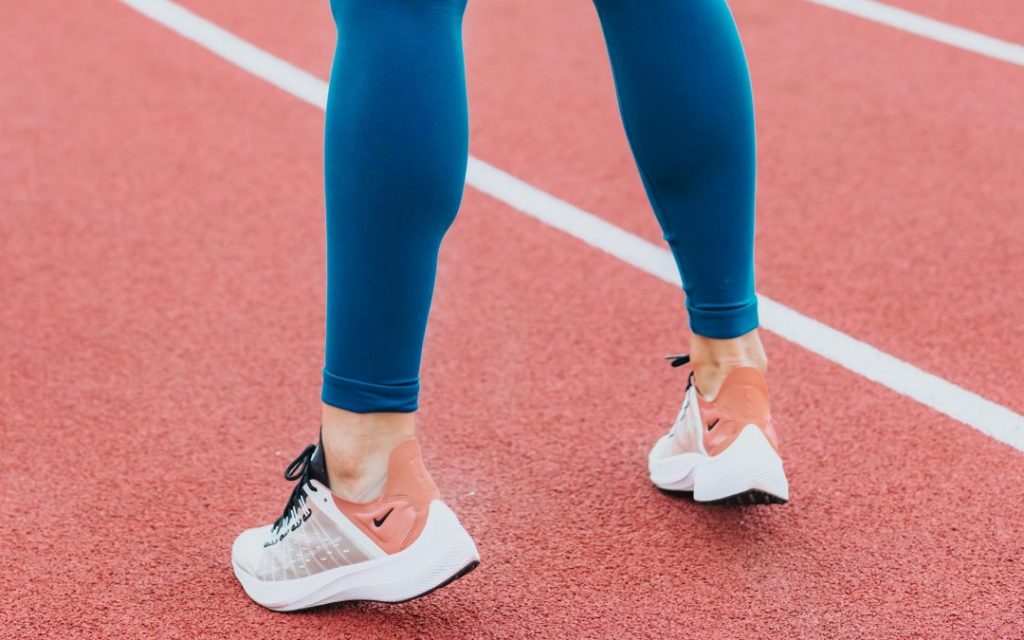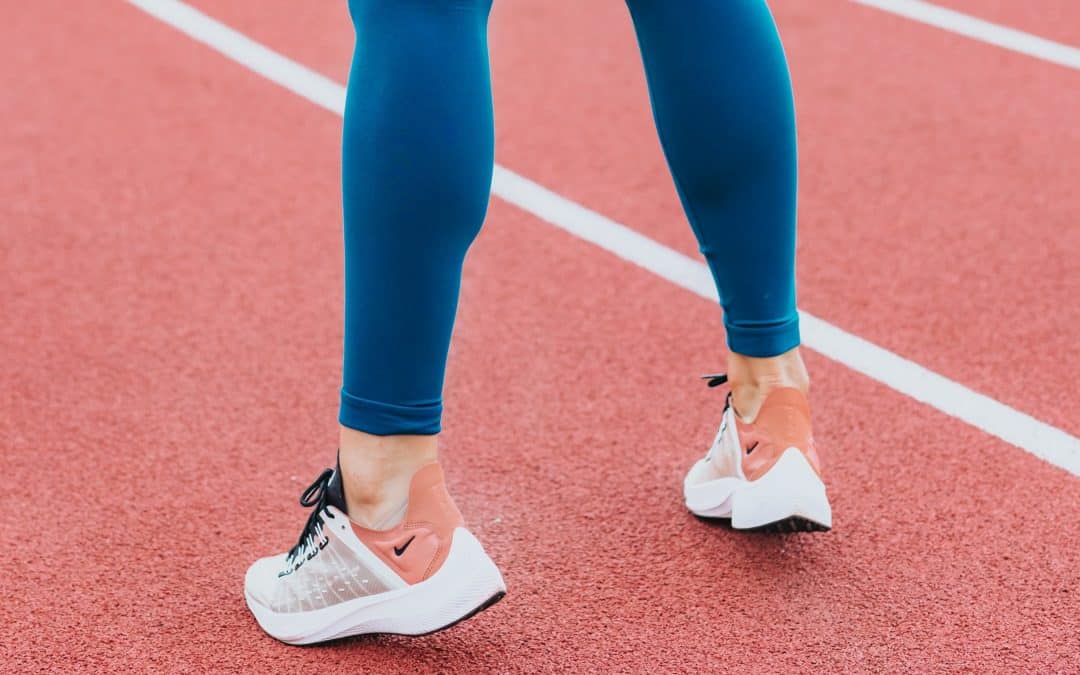Well hasn’t it been an interesting few months!
Many people are now attempting to remain fit or have started their fitness journey in the wake of the changing environment we now all find ourselves in.
The easiest form is walking and running. But what if you’re not familiar with it? Firstly, see our last blog about the perils of progressing too quickly. But oops… Already fallen into this trap?

The Achilles tendon is a very common location for pain and dysfunction in the wake of a change of physical activity… Read on to find out more information about this troublesome tendon and what you might find helpful (don’t forget to check in with your Physio as well).
The Achilles tendon is the longest and strongest tendon in your body. It runs from calf muscles to the bottom of the heel bone and gets its name from the ancient Greek mythological story about Achilles. A god whose only vulnerable body part was his heel after his mother dipped him in the River Styx.
Achilles tendinopathy, known also as Achilles tendinitis, tendinosis, or paratenonitis, is an incredibly common overuse injury that affects up to 9% of recreational runners. ‘Tendinopathy’ is an umbrella term for an injury to the tendon. The injury itself is brought about by repetitive energy storage and release with excessive compression. There are two types of Achilles tendinopathy; mid belly and insertional, so named after the location of the tendon where the injury has occurred (seen in the picture below). Mid belly is where the tendon injury occurs in the ‘meat’ of the tendon, where as an insertional tendinopathy is where the tendon attaches, or inserts, onto the heel bone.
Over time, and kilometres, this repetition causes the Achilles tendon to reach the first stage along the tendon continuum, the reactive tendinopathy (Cook & Purdum, 2015). Reactive tendinopathy results in the change in the number and shape of the cells within the tendon. This phase is a short-term adaptation and the Achilles tendon will appear thickened. From here, stage two is tendon disrepair. At this stage, the tendon is unable to fully restore itself to its original state. The tendon will eventually progress to a degenerative tendinopathy, greatly increasing the risk future disability and potential tendon rupture.

But multiple factors often contribute to your Achilles tendinopathy. Anatomical changes and systemic conditions such as diabetes are examples of intrinsic factors. Whilst sudden spikes in training load and weak calf muscles are examples of extrinsic factors contributing to injury. As such, it is important to prepare yourself as best as possible when preparing for any endurance event.
Achilles tendinopathy typically begins as pain or stiffness around the tendon itself. It is commonly worse following physical activity, especially the day following exercise. Pain is often worse in the morning and there is a perceived ‘warm up effect’, where pain settles a few minutes after exercise begins. There also may be visible ‘swelling’ of the tendon. However, pain can also get progressively worse as the day goes on.
So, what to do when you may have developed Achilles tendinopathy?
First of all, it is important to manage it as early as possible. As mentioned above, the later diagnosis and treatment begin, the greater potential for long-term or permanent disability. A comprehensive assessment by your physiotherapist will help to confirm the diagnosis and identify the root cause, or causes, of your tendon injury.
A few days of rest in the initial phase of treatment are important. After this, it’s vital to keep the tendon working to ensure it does not permanently lose its ability to handle load. A comprehensive exercise program will be developed by your physio to address underlying causes of your tendinopathy whilst managing your pain and your training. Over time, your load will increase to full training and you’ll be ready to take your running to the next level.e
